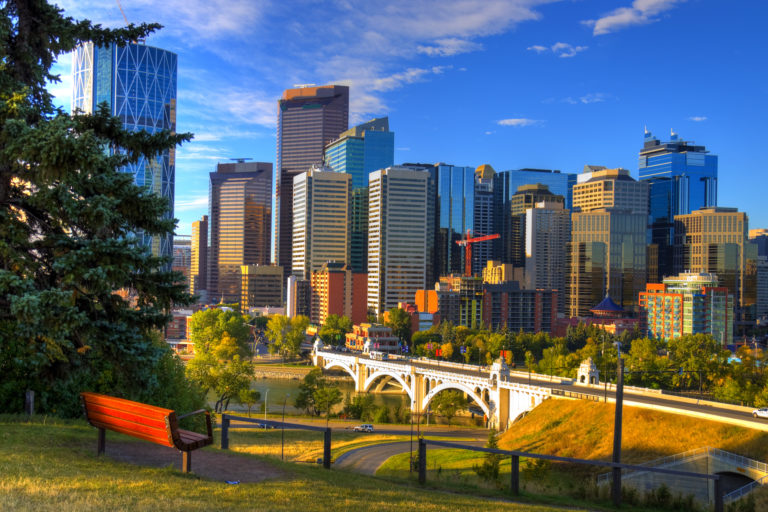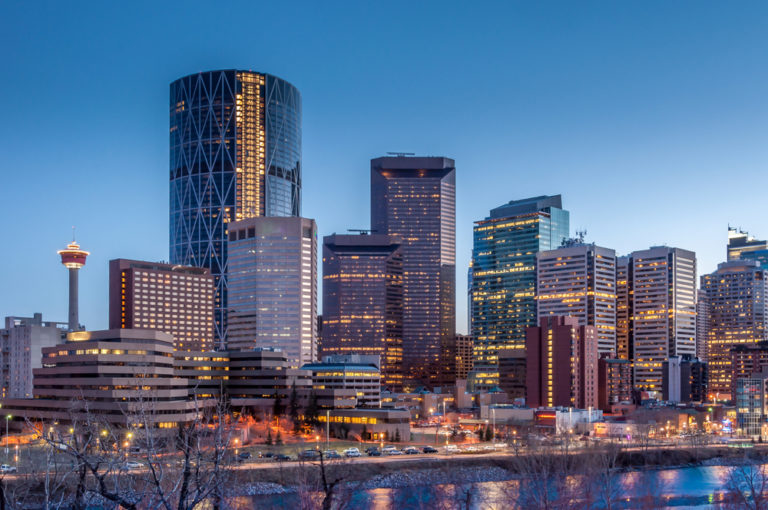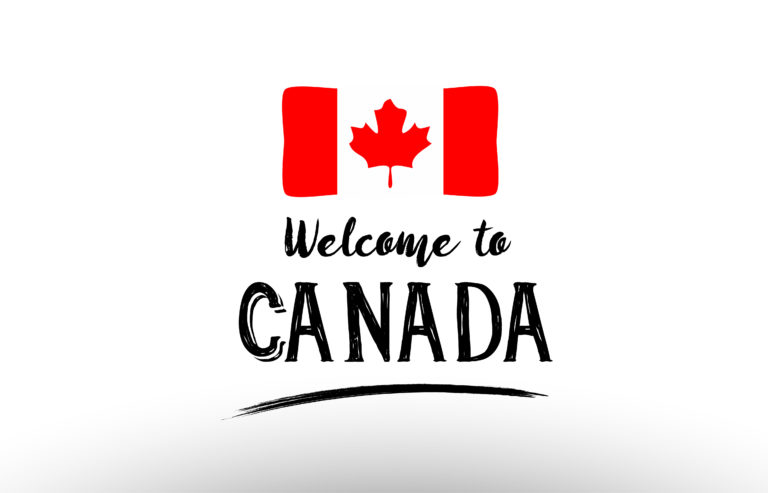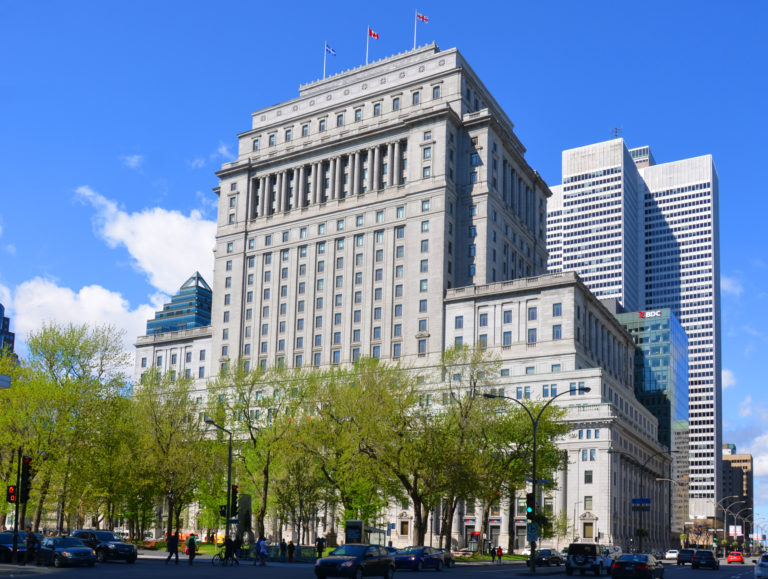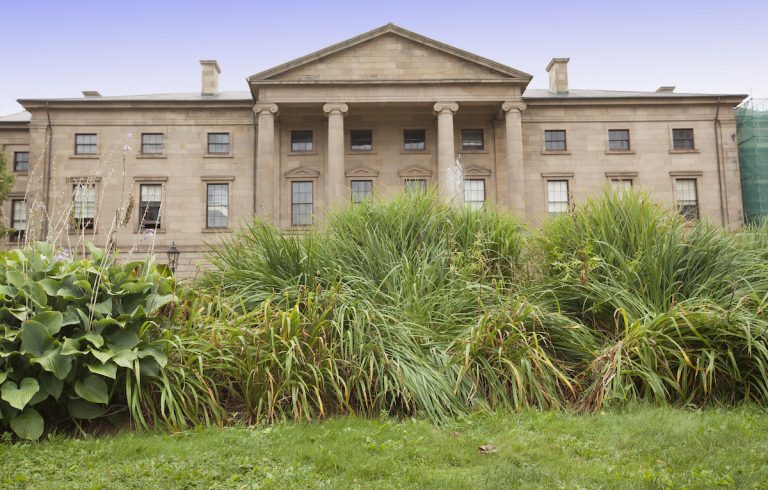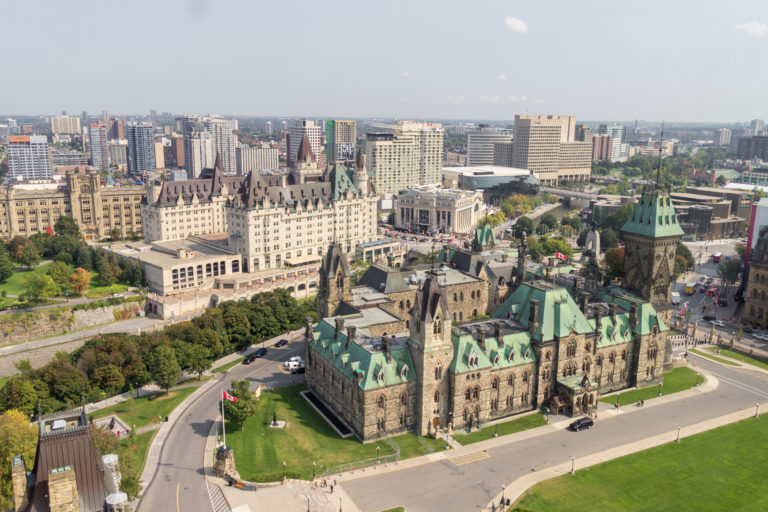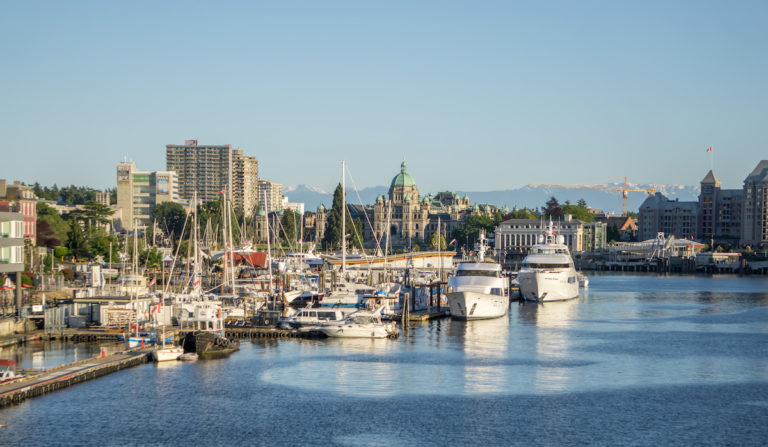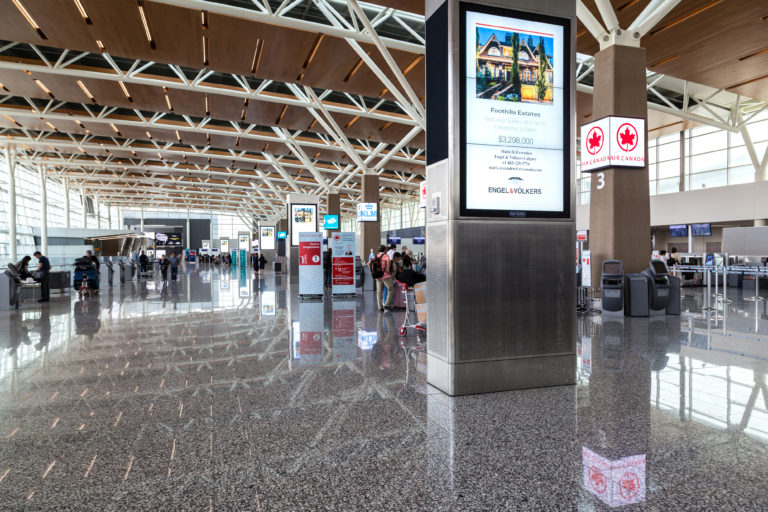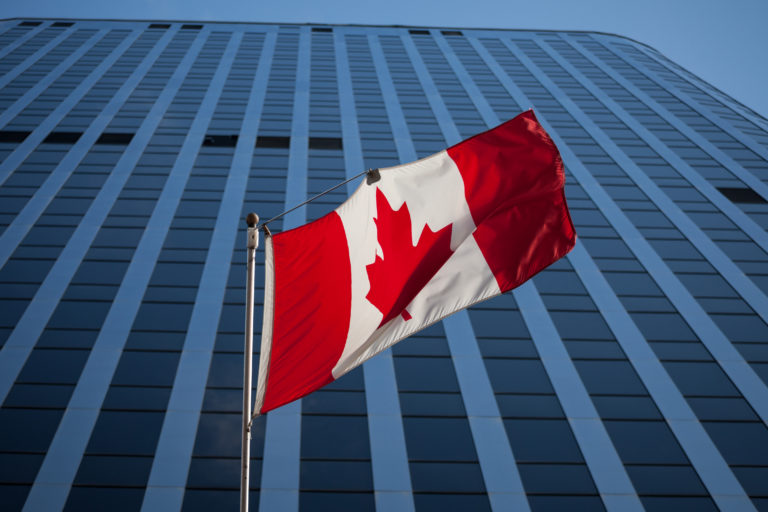Canada immigration news: Alberta has conducted a new draw through the Express Entry-linked stream of the Alberta Advantage Immigration Program, issuing 400 invitations.
The February 1 draw required a minimum Comprehensive Ranking System score of 340, six lower than the previous draw.
Important requirements for the Alberta Express Entry stream are that candidates have stated an interest in immigrating permanently to the province, and are working in an occupation that supports Alberta’s economic development and diversification.
For full details of the requirements for Alberta Express Entry, please see below.
Read More Canada Immigration News
Fast-Track To Canada Immigration For 38 Technology Jobs Through Alberta PNP
Canada Labour Shortage: Top 10 Most In-Demand Jobs In Alberta
All You Need To Know To Immigrate To Canadian Province Of Alberta
Alberta Express Entry 2022 Draws
|
Draw Date |
NOI Letters Sent |
CRS Score of Lowest-Ranked Candidate |
|
01-Feb-22 |
400 |
340 |
|
18-Jan-22 |
350 |
346 |
|
05-Jan-22 |
250 |
327 |
Source: www.alberta.ca
Video
Alberta reached its federal government nomination limit of 6,250 in 2021. The allocation for 2022 is currently not known.
The province also has 350 Alberta Opportunity Stream applications and 775 expression of interest applications in the Alberta Express Entry pool.
High Number of Applications
Alberta says a high number of AAIP applications have been received in the following occupations, meaning they may take longer to process:
- 6311 – Food service supervisors
- 6211 – Retail sales supervisors
- 1241 – Administrative assistants
- 6322 – Cooks
- 0211 – Engineering managers
- 7511 – Transport truck drivers
- 3211 – Medical laboratory technologists
- 1221 – Administrative officers
- 2131 – Civil engineers
- 1123 – Professional occupations in advertising, marketing and public relations
What are the Requirements for Alberta Express Entry?
In order to be eligible to receive a notification of interest, candidates must:
- Have an active Express Entry profile in the federal Express Entry pool.
- Have stated an interest in immigrating permanently to Alberta.
- Be working in an occupation that supports Alberta’s economic development and diversification.
- Have a minimum Comprehensive Ranking System score of 300 points.
Factors that may improve a candidate’s chances of receiving notification of interest:
- A job offer from an Albertan employer and/or work experience in Alberta.
- Having graduated from a Canadian post-secondary institution.
- Having a relative that is living in Alberta: parent, child and/or sibling.
Factors that decrease a candidate’s chances of receiving notification of interest:
- The Express Entry profile expires within the next 3 months
- You work in an ineligible occupation
